
OR
#Republica Briefing
What does the result of the initial vote count suggest?
Published On: November 21, 2022 04:15 PM NPT By: Kosh Raj Koirala | @KoshRKoirala

KATHMANDU, Nov 21: Vote counting is currently underway in over two dozen constituencies of the House of Representatives (HoR) across the country.
Of the total 41 HoR constituencies where vote counting is currently underway, the CPN-UML is leading in 14 constituencies while Nepali Congress (NC), which has forged electoral alliance with five other parties including the CPN (Maoist Center) and Loktantrik Samajwadi Party, is leading in 12 constituencies. The CPN (Maoist Center), a constituent party of the ruling alliance, is leading in only one constituency as of now.
Similarly, Rastriya Swatantra Party–led by Ravi Lamichhane has made an impressive gain, leading in five constituencies in the initial vote count. Rastriya Prajatantra Party (RPP)-led by Rajendra Lingden is leading in two constituencies and Janamat Party-led by CK Raut is leading in two constituencies so far. Nagarik Unmukti Party-led by Resham Chaudhary, who is currently serving jail term in connection with the killings of police personnel in Tikapur carnage in Kailali, is leading in two constituencies.
It is too early to predict anything as vote counting has not even begun in more than 120 constituencies of the HoR. However, initial vote count suggests that UML will emerge as a strong force, if not the largest political party, in parliament despite suggestions of a section of political experts earlier that the party would be reduced to relatively weak political force as a result of the coalition of the ruling parties.
It appears that the NC and UML will have stiff competition to emerge as the largest political party in parliament. Although the NC is trailing behind the UML in the initial vote count, there is a possibility that the alliance backup will bring positive results to the NC as vote count begins in Terai and rural districts.
Since both the NC and CPN (Maoist Center) have good presence in those districts, both the NC and Maoist Center are likely to secure victory in those constituencies. Initial vote count, however, suggests that the Maoist Center and Janata Samajwadi Party (JSP), which has forged electoral alliance with the UML in Terai districts, will have fewer victories than before.
RSP candidates seem to have been able to attract neutral voters and traditional voters of mass-based parties like the NC in urban centers. It is yet to be seen if this trend will prevail in other parts of the country. However, the UML seems to have maintained its hold on its traditional voters, while tapping new ones as well. This is one of the strengths of ‘cadres-based’ parties—something mass-based parties like the NC do not have.
The initial vote count clearly shows that three new parties including Rastriya Swatantra Party-led by Lamichhane, Janamat Party-led by Raut and Nagarik Unmukti Party-led by Chaudhary will make it to the federal parliament. If the current trend is any indication, these three newly-formed parties will be a decisive force in the parliament while forming a new government. It seems that the Rastriya Prajatantra Party (RPP) will also make a good presence in federal parliament after this election.
There are a total 275 seats in HoR. Of them, 165 candidates are elected under the First-Past-the-Post (FPTP) electoral system, while the remaining 110 seats are elected under the Proportional Representation (PR) electoral system. Counting of the votes cast under the PR electoral system is yet to start. However, polls conducted by various media outlets suggest that RSP and RPP will also secure sizable votes in the PR electoral system.
You May Like This

Changing Political Landscape of Nepal
The emergence of new political parties in Nepal has created a platform for a new political discourse. Their significance in... Read More...

Nepal elected member of UN Commission on Narcotic Drugs
KATHMANDU, May 8: Nepal has been elected member of the Commission on Narcotic Drugs (CND), one of the functional commissions... Read More...
Just In
- Police arrest individuals for defrauding Rs 30 million from 219 individuals misusing discovered citizenship
- FNJ demands full press freedom, announces election on June 8
- Price of gold and silver experiences fluctuations throughout this week given instability of conflict in Middle East region
- 73 succumb to tobacco consumption every day
- In Pictures: Preparations underway for Rato Machindranath chariot procession at Lalitpur
- Meeting called by Sudurpaschim CM Sodari to seek vote of confidence postponed
- Stock Analytics Software ‘gaining popularity’ in Nepal
- Health Ministry warns of action against health facilities running illegally






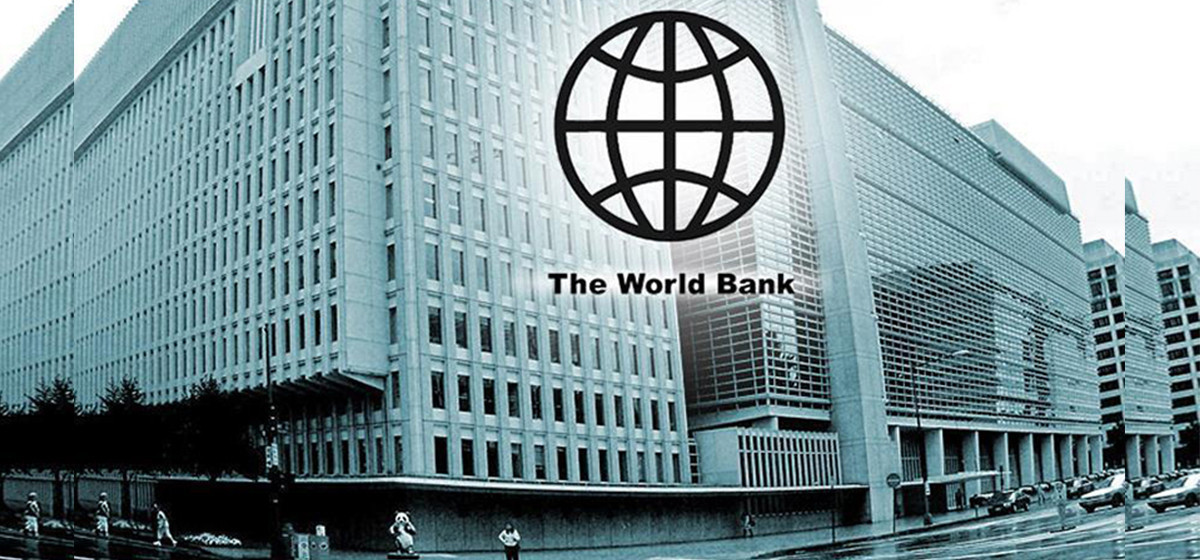



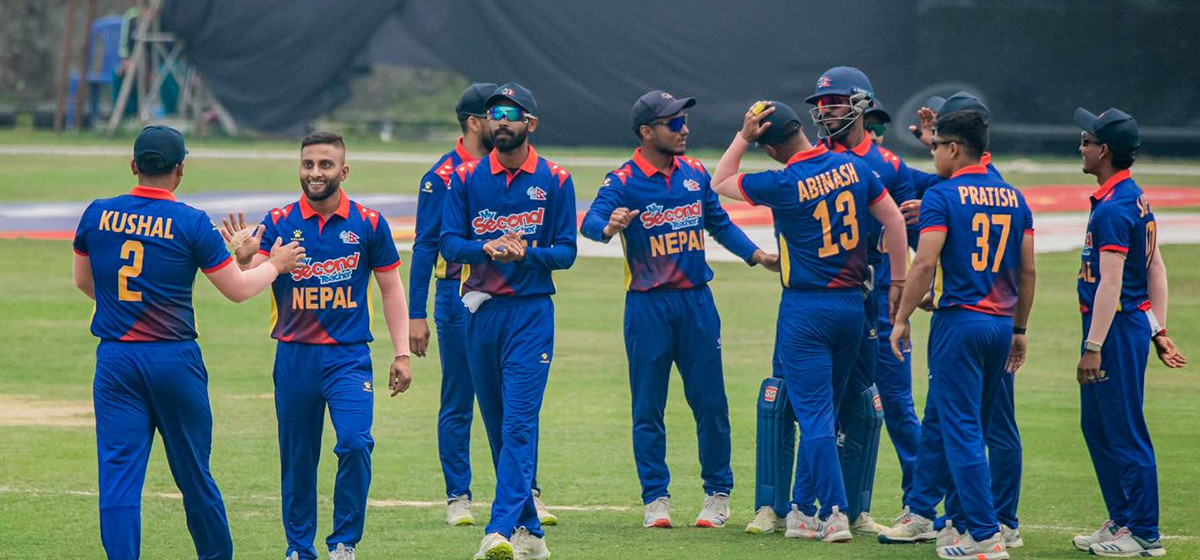
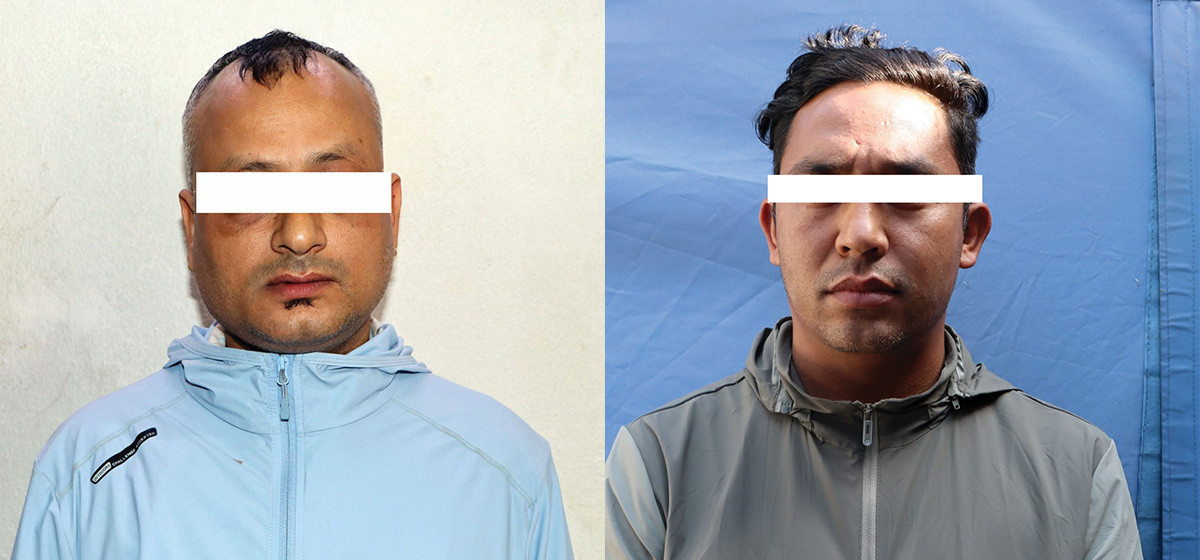



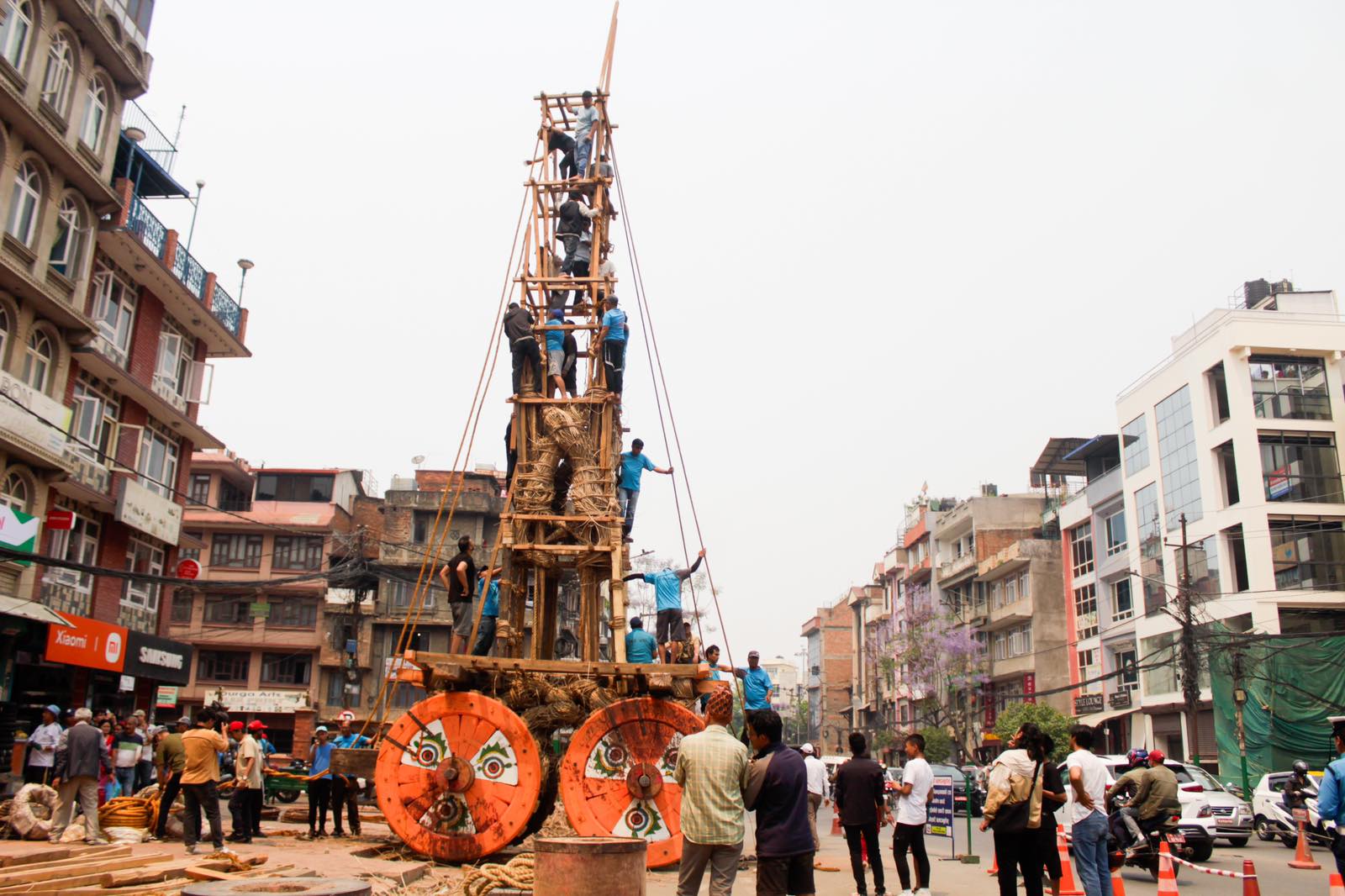
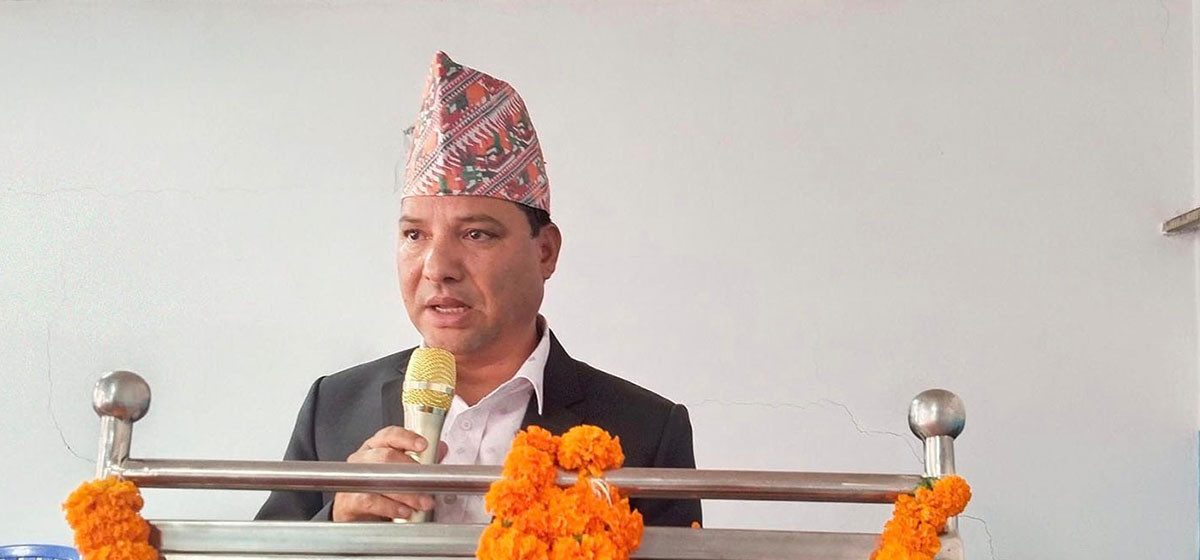
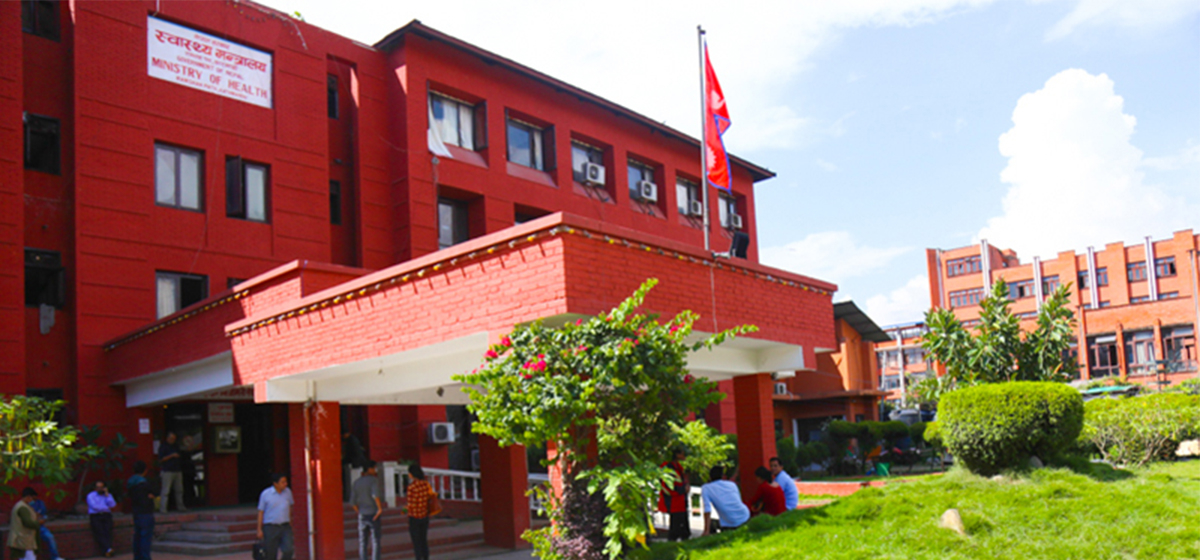

Leave A Comment